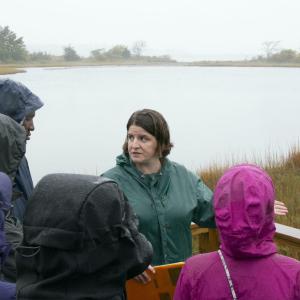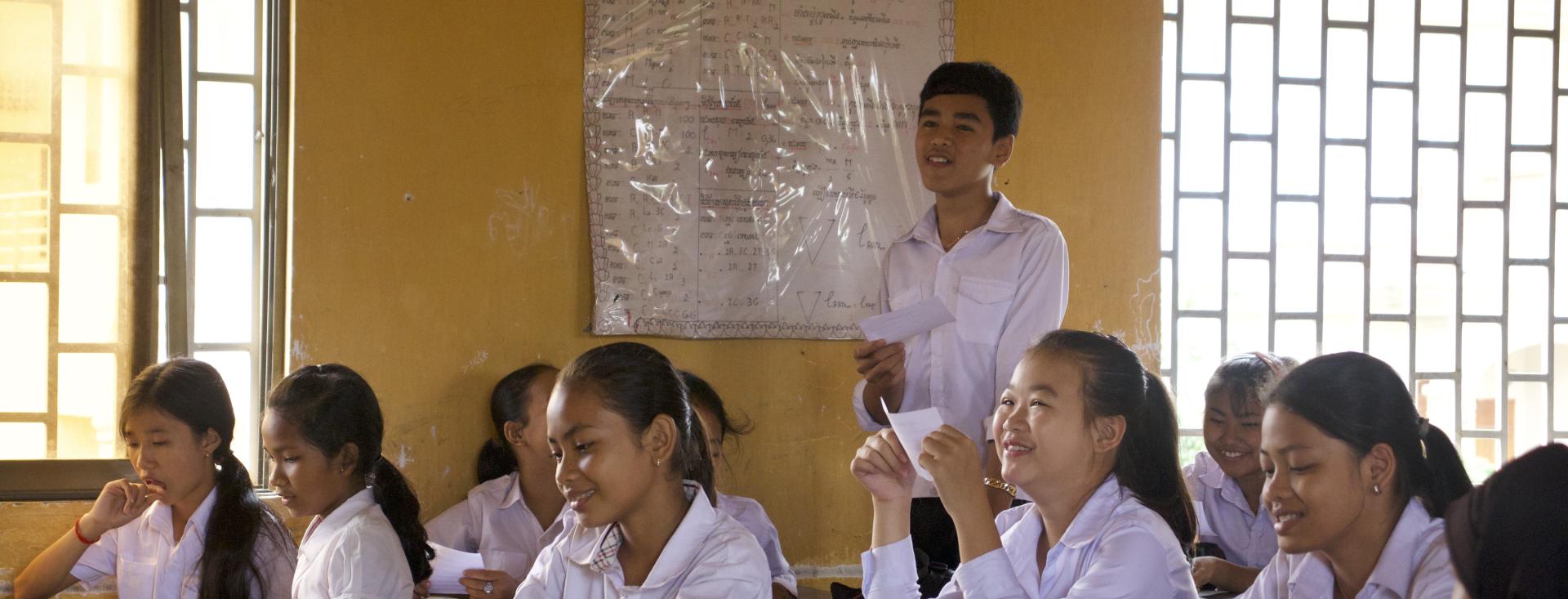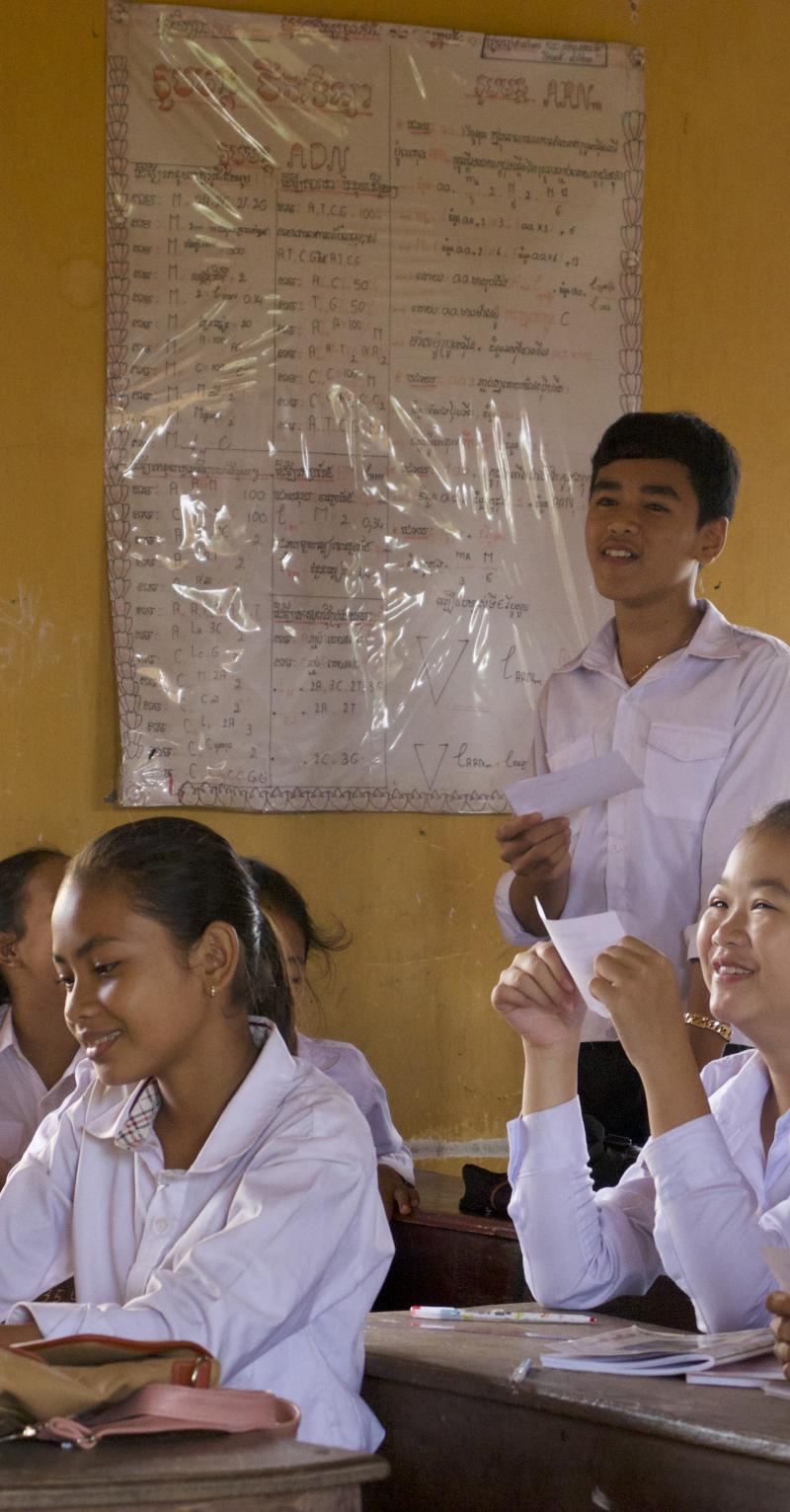TACL
Habilitadores e Inhibidores - Nuestro Trabajo como Sistémico
Ninguna persona tiene una visión constante de esta lente. En este ejercicio reflexivo, podrás averiguar qué nos permite ver nuestro trabajo como sistémico.
Future of Work
In Shully's Classroom, STEAM Isn't Just a Subject—It's a Way of Life
This story of impact is about Teach For Nigeria alumna Shulammite Ajayi and how she transformed STEAM education at Lagos State Senior Model College, demonstrating its potential to inspire leaders. Her hands-on approach empowered students and led to c...

Climate Education
Guía del Profesor sobre el Cambio Climático
Este PDF es una guía que ayuda en integrar la conciencia sobre el cambio climático en las clases de lengua con gente que se está preparando para lograr el nivel B1 en el idioma español, según el marco de referencia europeo.

Climate Education
Climate Justice Instructional Toolkit
The Environmental Solutions Initiative is MIT’s institute-wide effort to address climate change and other environmental challenges of global importance, through multidisciplinary research, education, and engagement. The toolkit provides research, too...

Climate Education
Climate Change Concept Maps
This resource comprises concept maps that summarize the interdisciplinary climate change unit consisting of six sections. Each section has a concept map that showcases linked learning experiences with titles, numbers, symbols, and concise summaries. ...

Climate Education
Cocoa Climate: A Film and Lesson Plan for Primary Schools
A film with a corresponding lesson plan designed to introduce the topic of climate change to elementary school students to enhance their understanding of the issues. The film provides a comparative perspective between the climate in the UK and the cl...

Climate Education
(Re)Designing for Engagement in a Project-based AP Environmental Science Course
A research paper that describes a three-year project carried out to redesign a one-year Advanced Placement environmental science class. It could help as a resource material for teacher training, brainstorming on how to improve classes, and other teac...

